A pyramid is a solid made of a base and triangular faces.
Pyramids that will be discussed in this section are those with a square or triangular base. Observe note the bases in the figures below.
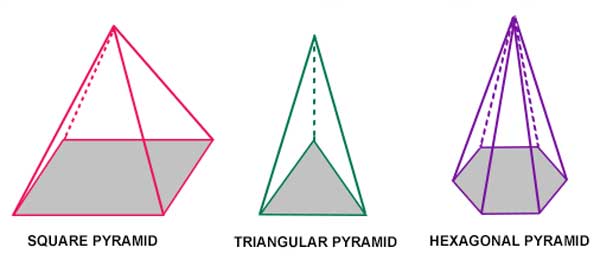
Try naming the following.
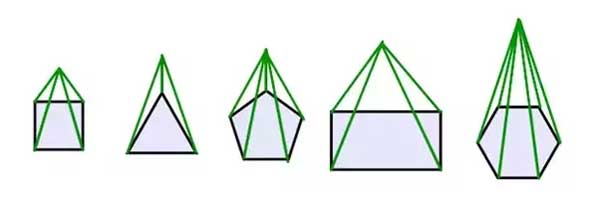
A prism is a solid having a uniform cross-section. See the following figure:

A prism whose cross-section is a square is called a square prism. If the cross-section has the shape of a triangle it is called a triangular prism.
Identify the following figures.
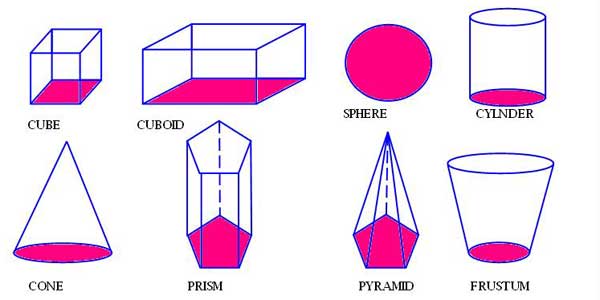
We can carry out several activities involving nets and models of pyramids and prisms.
(a) rectangular-based pyramid.
(b) Triangular pyramid.
(c) Triangular prism.
Draw also the nets of the solids. Use broken lines to indicate the hidden lines and edges in the solids and lines where nets can be folded to form models of the solids.
Procedure
- Draw the square base PQRS.
- Draw the diagonals PR and SQ to meet at O.
- Mark the vertex V.
- Draw OV the perpendicular height.
- Draw the edges VP, VQ, VR and VS.
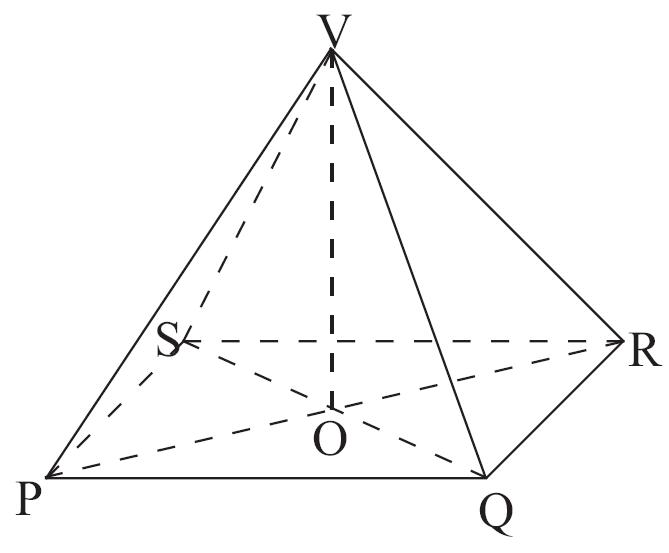
VPQRS is the pyramid.
Net of the square-based pyramid.
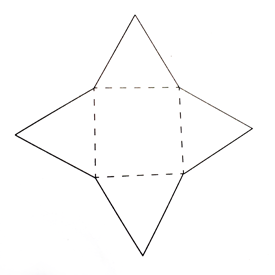
The net shows that the pyramid has a square base and 4 triangular faces.
Procedure
- Draw the triangular base ABC.
- Mark the vertex V.
- Draw the edges VA, VB and VC.
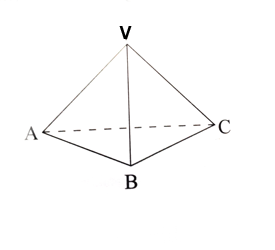
VABS is the pyramid.
Net of the triangular pyramid.
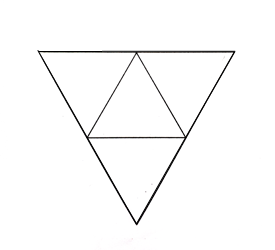 The net of a triangular pyramid can have various shapes, the net shows that the pyramid has a triangular base and 3 triangular faces.
The net of a triangular pyramid can have various shapes, the net shows that the pyramid has a triangular base and 3 triangular faces.
Procedure
- Draw one triangular fase PQR.
- Draw onother triangular fase STV.
- Draw the rectangular faces.
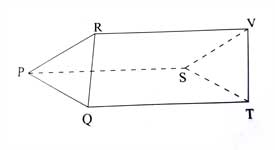
The solid shows the prism
Net of a triangular prisms.
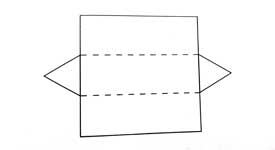
The net shows that the prism has 2 triangular faces and 3 rectangular faces.